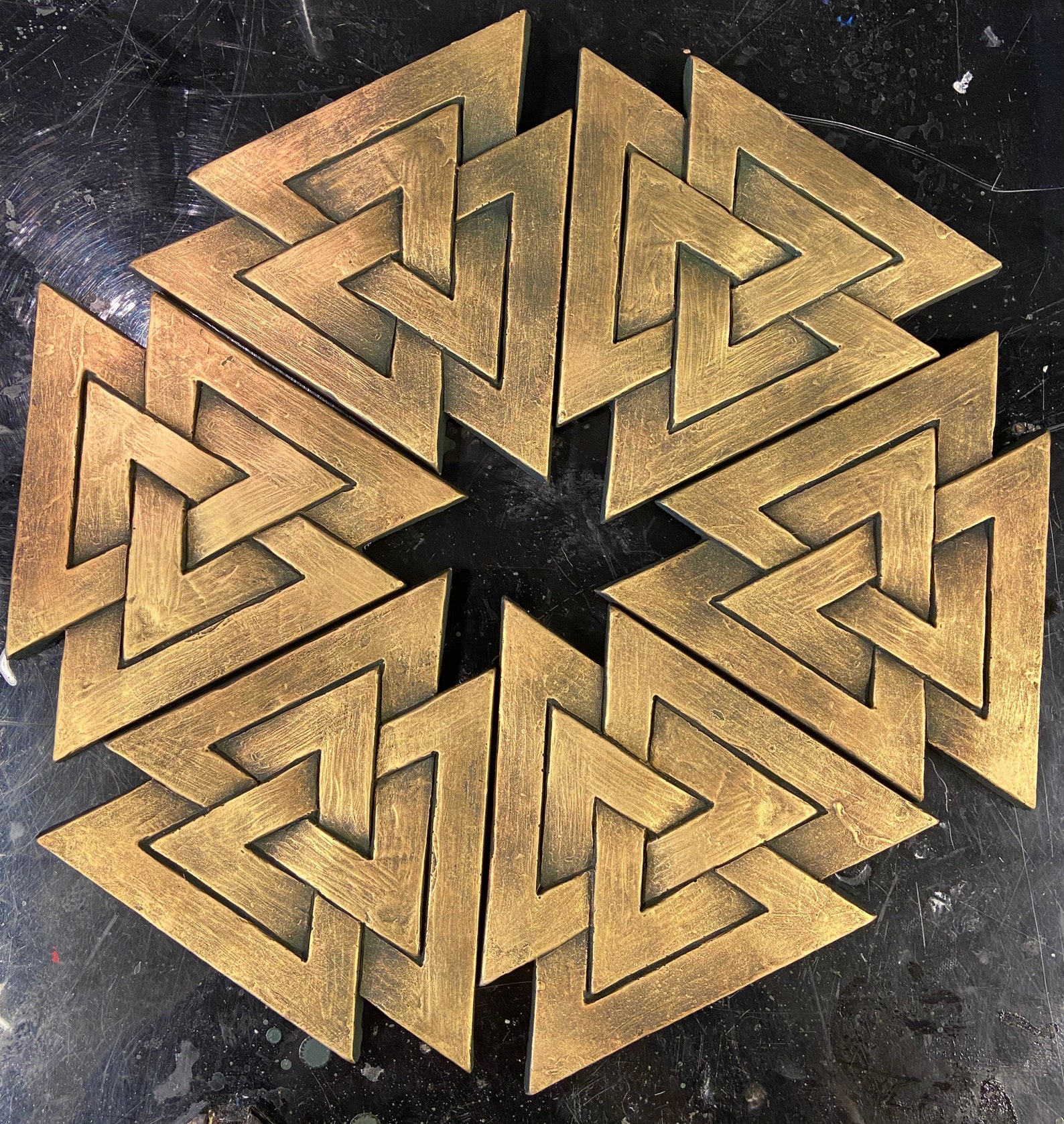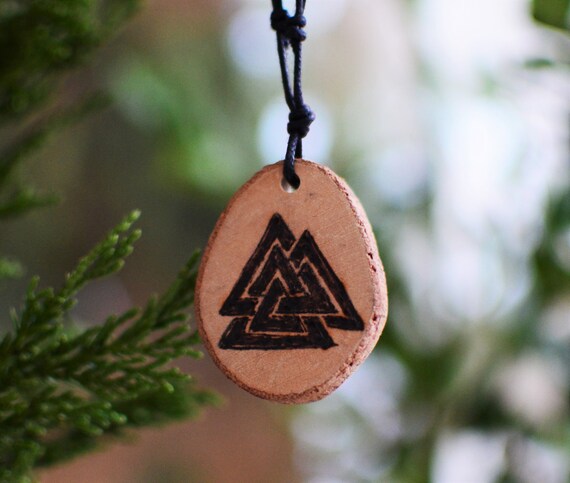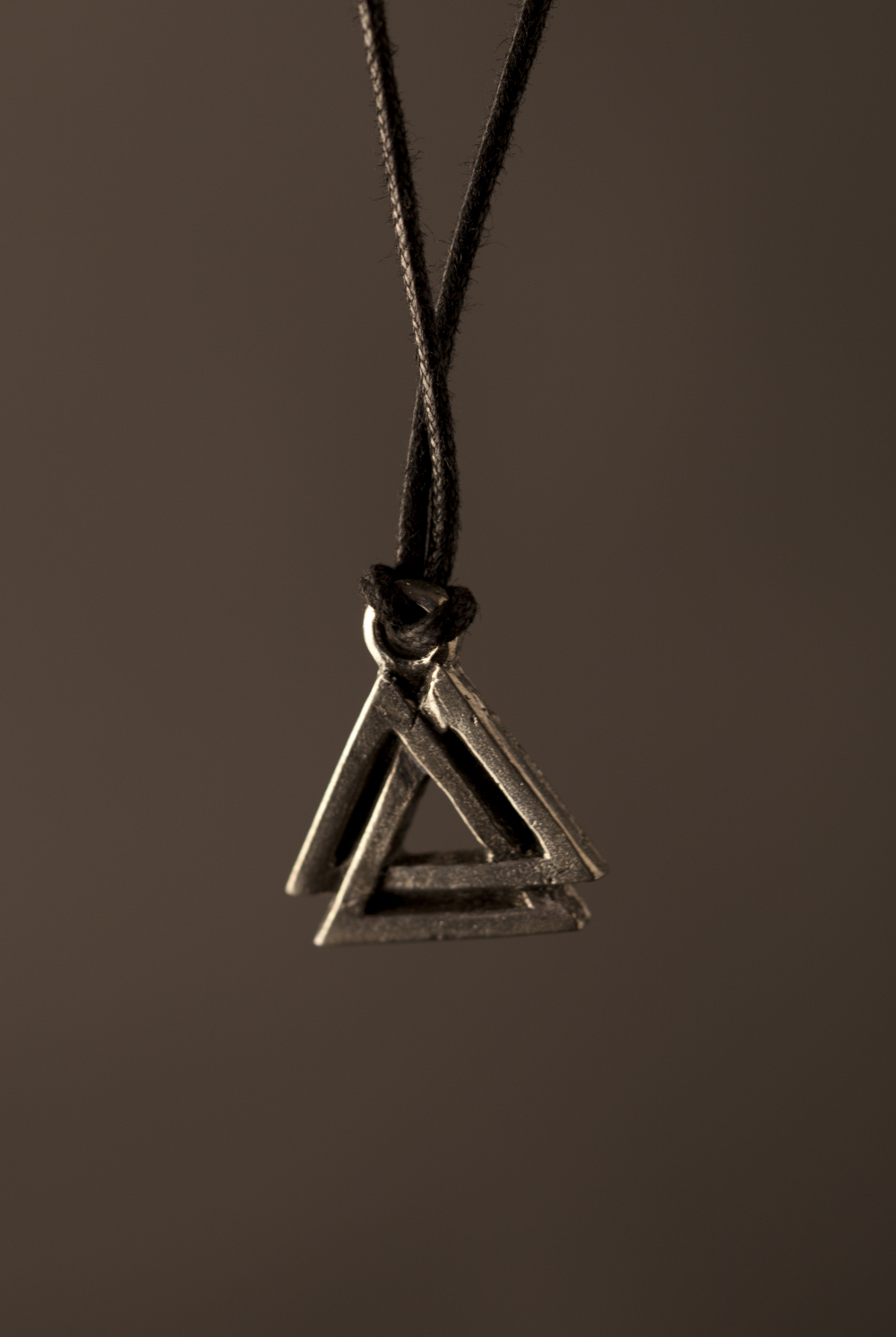

Tattoos featuring the Valknut have become increasingly popular in modern times, often taking on different meanings depending on the wearer (which is totally fine!).Īs discussed in this article, the design can be seen as a representation of many things: the cycle of life and death, the powers of Odin, the heart of the slain, and prestige.

According to some accounts, the symbol was used by Slavic pagans as a symbol of protection from evil spirits and as a talisman of good luck. The Valknut has also been linked to the somewhat similarly designed Triglav of Slavic mythology - a symbol of the three-headed god. – in Gods and Myths of Northern Europe, HR Ellis DavidsonĪ Symbol of The Heart of Hrungnir or Heart of the Slain (The Heart Theory) We know Odin’s connection with cremation, and it does not seem unreasonable therefore to associate them with Woden, god of the dead in Anglo-Saxon England. Symbols resembling this knot of Odin are found beside figures of the horse and the wolf on certain cremation urns from early heathen cemeteries in East Anglia.


Odin had the power to lay bonds upon the mind, so that men became helpless in battle, and he could also loosen the tensions of fear and strain by his gifts of battle-madness, intoxication, and inspiration. The most reliable historians on the subject seem to lean towards the Valknutr symbolizing the power of Odin to bind and unbind the fates of men and specifically to death and sacrifice, including by English scholar and Celtic, Anglo-Saxon and Old Norse specialist HR Ellis Davidson in her Gods and Myths of Northern Europe. This is thought to symbolize the power of the god to bind and unbind – in Gods and Myths of Northern Europe, HR Ellis Davidson The Norwegian name is shared with the “looped square” symbol (⌘) which is a symbol also used to designate places of interest in the Nordics (and also seen on picture stones from the Iron and Viking Ages) and other European countries.īeside the figure of Odin on his horse shown on several memorial stones there is a kind of knot depicted, called the valknut, related to the triskele. Only, we don’t actually have any evidence to suggest that the Norsemen used to call it this. The name Valknútr is actually a fairly recent Norwegian name for the symbol (first attributed to this symbol in 1945), and is made up of two words, valr (“warrior”) and knútr (“knot”) - so it would literally mean “knot of warriors”. Valknut Etymology: Origins and Alternative Names Despite its use by some supremacist groups, the Nordic Valknut is still seen as a symbol of courage and power, and remains an authentic part of Norse mythology. Today, the Valknut is often used in tattoos and art to signify courage and strength. However, many believe that it was used to symbolize life and death, as well as a connection to the Valkyries, the female warriors in Norse mythology. 800-825 CE)ĭespite having found the symbol on so many Viking Age runestones in and around Scandinavia, the meaning of the symbol is still uncertain to historians, and it is unclear as well what exactly it symbolized for the Vikings. Valknut inscribed on a bedpost found in the Oseberg Ship Burial in Norway (c. Can I wear a Valknut or will it be misinterpreted by others?.The massive Swedish forestry company SCA.The German Football Association (Deutsche Fußball Bund).Symbols Related to Valknut in Slavic Mythology.Different variations of the Valknut symbol.A Symbol of The Nine Worlds (The Neo-Pagan Theory).A Germanic Symbol of Prestige & Riches (The Scaetta Theory).A Symbol of Life, Death, and Eternity (The Universal Theory).A Symbol of the Ideal, Steady Heart of the Brave Slain Hero, Dead Warriors, or That of a Worthy Adversary (The Romantic Theory).A Symbol of The Heart of Hrungnir or Heart of the Slain (The Heart Theory).A Symbol of the Power of Odin to Bind and Unbind the Fates of Men (The Most Likely Theory).What Does the Valknut Actually Mean and Symbolize? Explaining All the Theories.Valknut Etymology: Origins and Alternative Names.The Appearance of the Valknut, Earliest Known Use & Associations.


 0 kommentar(er)
0 kommentar(er)
